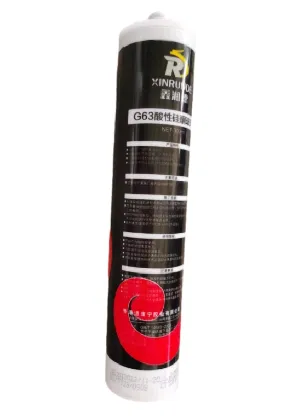loading...
- No. 9, Xingyuan South Street, Dongwaihuan Road, Zaoqiang County, Hengshui, Hebei, China
- admin@zjcomposites.com
- +86 15097380338
- Welcome to visit our website!
frp structural shapes
Understanding FRP Structural Shapes Revolutionizing Construction and Design
Fiber Reinforced Polymer (FRP) composites have recently gained significant attention in the construction and engineering industries due to their unique properties and advantages over traditional materials. Among the various applications of FRP, structural shapes are proving to be game-changers in the design and construction of buildings, bridges, and other infrastructure projects. This article delves into the essential aspects of FRP structural shapes, their benefits, and their applications, highlighting the transformative impact of this innovative material.
What are FRP Structural Shapes?
FRP structural shapes are pre-formed components made by combining a polymer matrix with fibers, such as glass, carbon, or aramid. These shapes can be manufactured in various profiles, including beams, columns, angles, and channels, making them suitable for numerous structural applications. The production process often involves techniques like pultrusion, where continuous strands of fiber are pulled through a resin bath and then shaped into the desired profile, cured under heat to achieve strength and durability.
Advantages of FRP Structural Shapes
1. Lightweight and High Strength One of the most significant advantages of FRP is its excellent strength-to-weight ratio. FRP structural shapes are considerably lighter than steel or concrete components, making them easier to transport, handle, and install. The reduced weight also means less load on supporting structures, potentially lowering foundational requirements.
2. Corrosion Resistance Unlike traditional materials that can corrode or degrade over time, FRP is highly resistant to environmental factors such as moisture, chemicals, and UV radiation. This resistance significantly extends the lifespan of structures, particularly in harsh environments like coastal areas or chemical processing plants.
3. Design Flexibility The versatility of FRP allows for a range of custom shapes and designs that can meet specific project requirements. Designers can create complex geometries and integrate these shapes seamlessly into architectural plans, providing both aesthetic appeal and structural integrity.
frp structural shapes

4. Low Maintenance Costs Given their resistance to corrosion and weathering, FRP structures generally require less maintenance than their traditional counterparts. This cost advantage is particularly relevant over the life cycle of a building or infrastructure, translating into significant savings.
5. Sustainability As the construction industry increasingly focuses on sustainability, FRP materials present an eco-friendly alternative. The lightweight nature of FRP enables reduced energy consumption during transportation and installation, and many FRP composites are recyclable, further minimizing environmental impact.
Applications of FRP Structural Shapes
The applications of FRP structural shapes are vast and varied. In the transportation sector, they are increasingly used in bridges due to their strength, lightweight, and resistance to corrosion. FRP decks are becoming popular for pedestrian and vehicular bridges, providing safe and durable surfaces.
In building construction, FRP shapes are utilized in various structural applications, including columns and beams that offer support while reducing overall weight. Additionally, FRP is used in façade panels, offering architects the flexibility to create modern designs that are both functional and aesthetically pleasing.
The energy sector is also adopting FRP structural shapes, particularly in wind turbine construction, where lightweight and durable materials are essential. Similarly, offshore structures benefit from the corrosion-resistant properties of FRP, enhancing the lifespan and safety of installations exposed to harsh marine environments.
Conclusion
FRP structural shapes are revolutionizing the way we approach construction and design. Their unique combination of lightweight, high strength, and corrosion resistance, along with their sustainability advantages, makes them an attractive option for engineers and architects alike. As technology advances and the understanding of FRP materials expands, we can expect to see increased adoption across various industries, paving the way for innovative structures that meet the demands of tomorrow’s infrastructure needs. With their future potential, FRP can be expected to play a crucial role in the evolution of construction, showcasing how modern materials can enhance functionality and aesthetics in a rapidly changing world.
-
GRP Structures: The Future of Lightweight, High-Performance EngineeringNewsJun.20,2025
-
FRP Water Tank: High-Performance Storage for Corrosive and Clean Water SystemsNewsJun.20,2025
-
FRP Square Tube: The New Industry Standard for Chemical and Structural ApplicationsNewsJun.20,2025
-
FRP Pultruded Profiles: The Ultimate Choice for Lightweight Structural StrengthNewsJun.20,2025
-
FRP Handrails: The Safer, Smarter, and Stronger Choice for Modern InfrastructureNewsJun.20,2025
-
FRP Grating: The Smart Solution for Durable, Lightweight Industrial FlooringNewsJun.20,2025
-
Why Choose a Galvanized Water Tank for Your Storage NeedsNewsMay.21,2025
